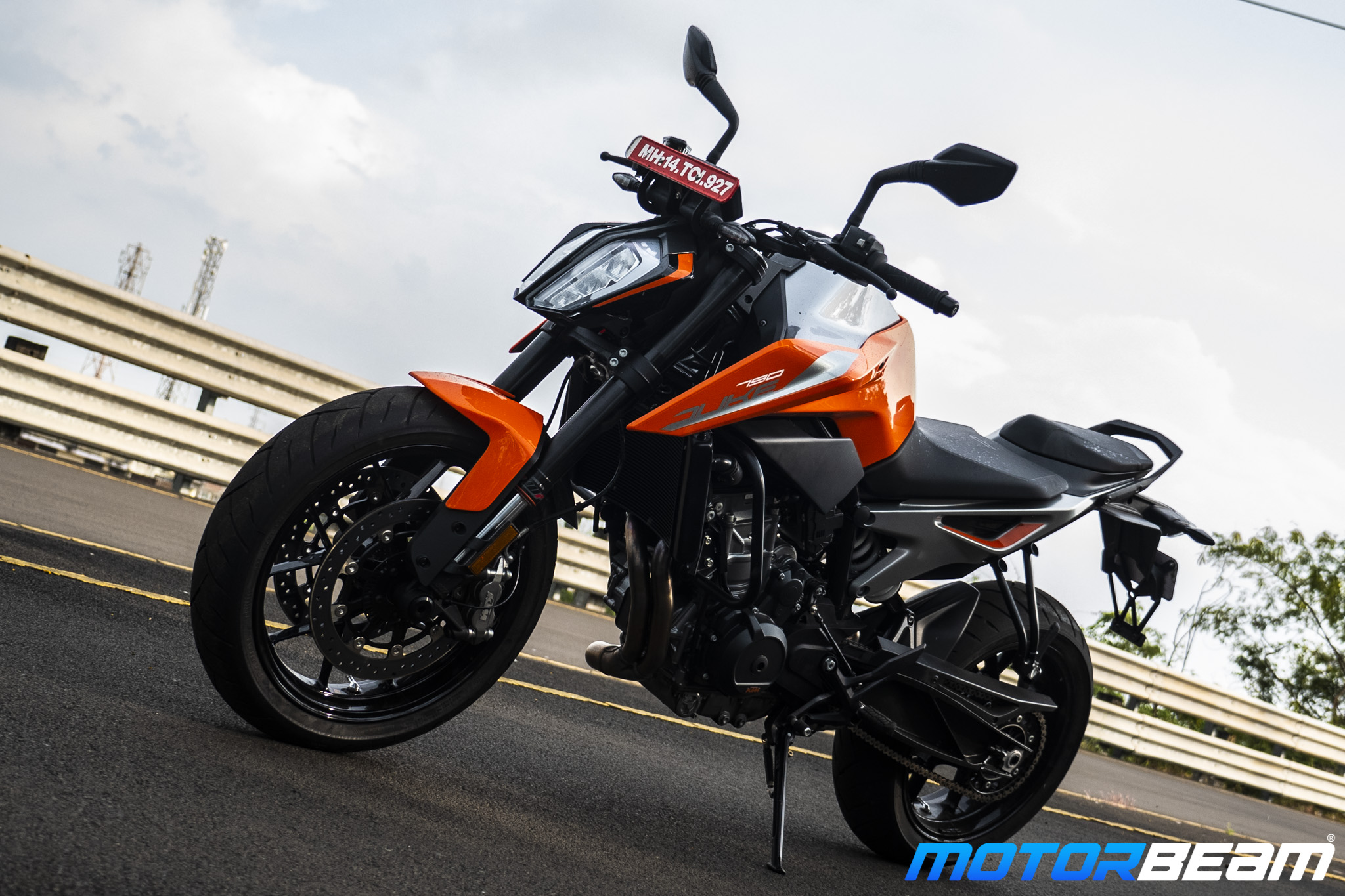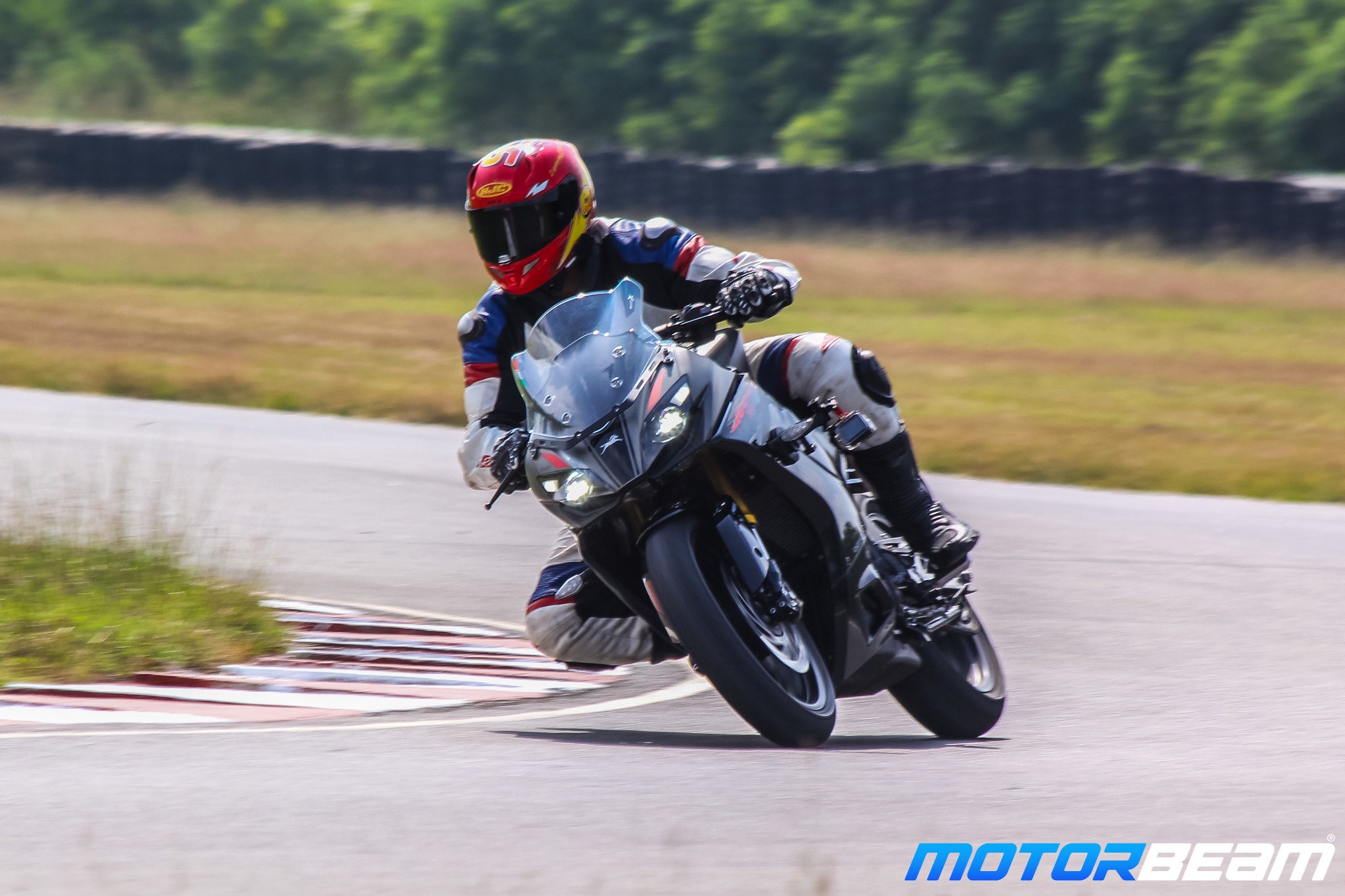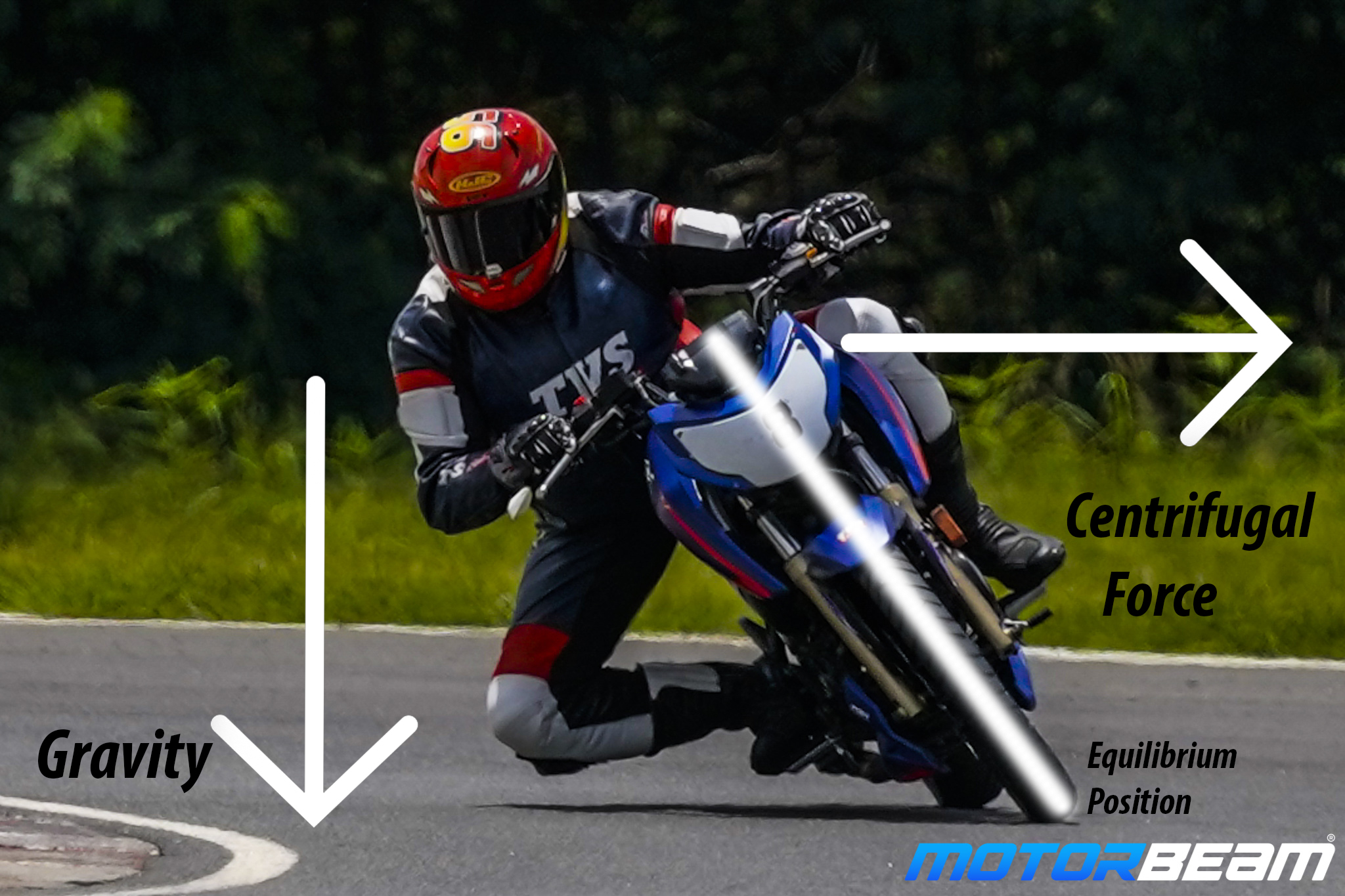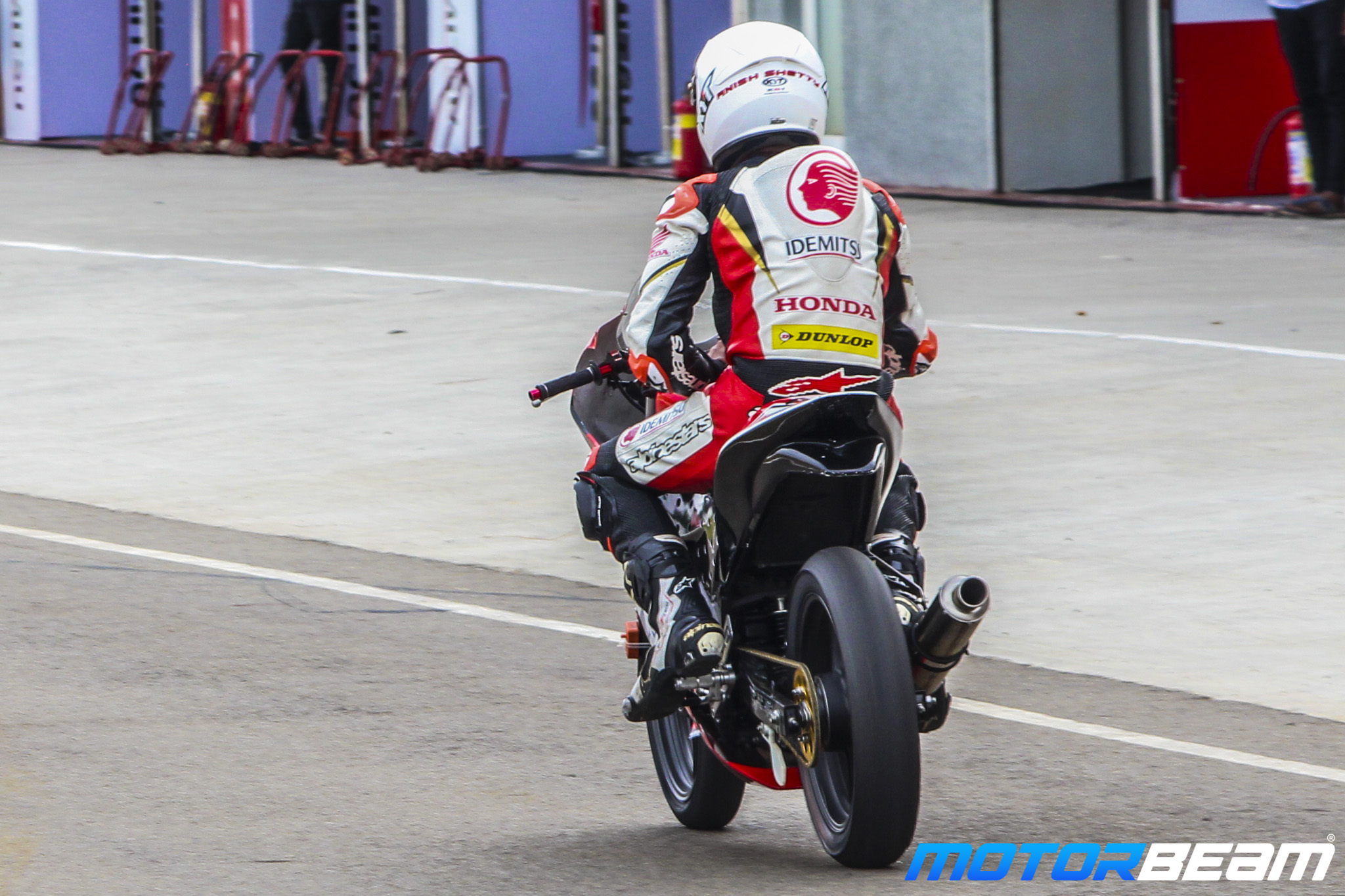Motorcycle Riding – A Small Physics Lesson
Ever wondered what's keeping you upright when you're riding? Today we tell you exactly that.
Ever wondered what's keeping you upright when you're riding? Today we tell you exactly that.

A two-wheeler which tends to fall, when you park it and forget to open the stand, but stays upright even when you leave the handlebar (not advised) while riding is what must have got your head spinning at some point of time. Let’s try to unravel this mystery. Scrolling on the internet got me some interesting answers to this. Allow me to break these motorcycle riding physics down to a language that we, laymen, can understand.
When a motorcycle is in motion, many forces act on it, some of which are gyroscopic, gravitational, latitudinal, etc. These forces, if not balanced, destabilise the bike. Therefore, a bike is constructed such that, when moving, the most stable position for the bike is to stay upright so that all forces are in equilibrium.
As the speed of the bike progresses, the self-balancing tendency of a bike increases, i.e. the bike requires less rider input as compared to lower speeds. To understand this practically, you can try to balance a slow motorcycle and a fast motorcycle to understand this better. In short, It’s very hard to keep a slow or still two-wheeler upright, therefore motorcycles and bicycles usually have a kickstand.

Now if this thought has crossed your mind, you must have also thought how a motorcycle can reach angles up to 60-degrees and still not fall while cornering. Whatever you read above, plays an important role in this case too. That’s motorcycle riding physics!
When a rider turns a motorcycle in a turn, the input given by the rider is via the handlebars and this is what most of us call – counter-steering. As the rider steers the motorcycle by merely putting weight on the handlebars, the bike tends to fall down or ‘lean’ into the corner.
While leaning the motorcycle, the force pulling the bike towards the ground is the same one that keeps you on the ground – gravity. As we know, to attain equilibrium or in this case, to keep the bike stable, some other force should balance this gravitational force so the bike doesn’t fall on the ground.

Every rider practices countersteering, consciously or unconsciously, as it’s the only successful way to turn a two-wheeler
This other force is the same one that pushes you outwards when you’re on a merry-go-round, scientifically known as Centrifugal Force. When a motorcycle takes a turn, the centrifugal force tends to cancel out the gravitational pull.
If the gravitational pull is more than the centrifugal force, the bike will fall on the ground. So how do we keep it upright? It’s simple. Centrifugal force is proportional to the velocity of the bike.
So, if the bike tends to fall down, all you need to do is increase the centrifugal force acting on it, which means going faster. You must’ve seen professional racers push the bike upwards in a corner as soon as possible to go faster.
This is just a brief article to help you get an idea on the motorcycle riding physics. There are plenty of other factors that play a role in keeping you upright like tyre grip, body position, the weight of the rider, the weight of the motorcycle, etc. Let us know down below if you want another piece on these other factors.

